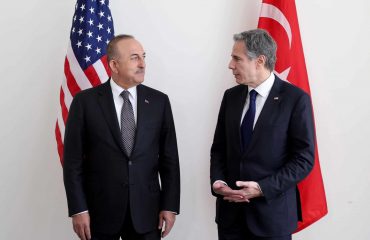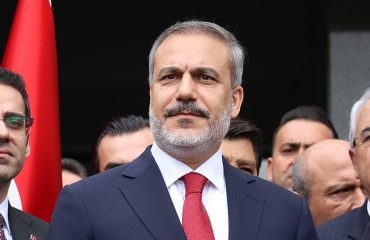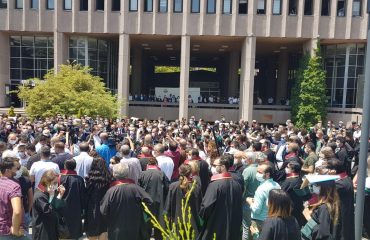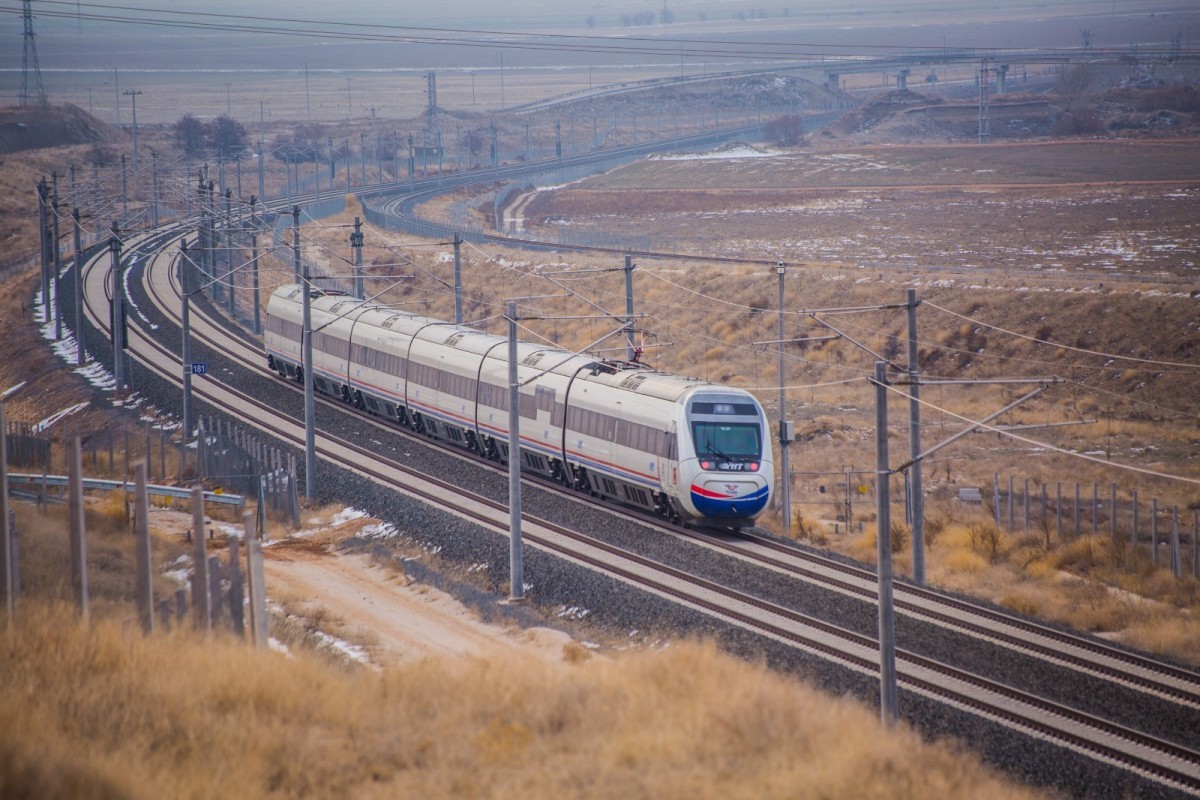
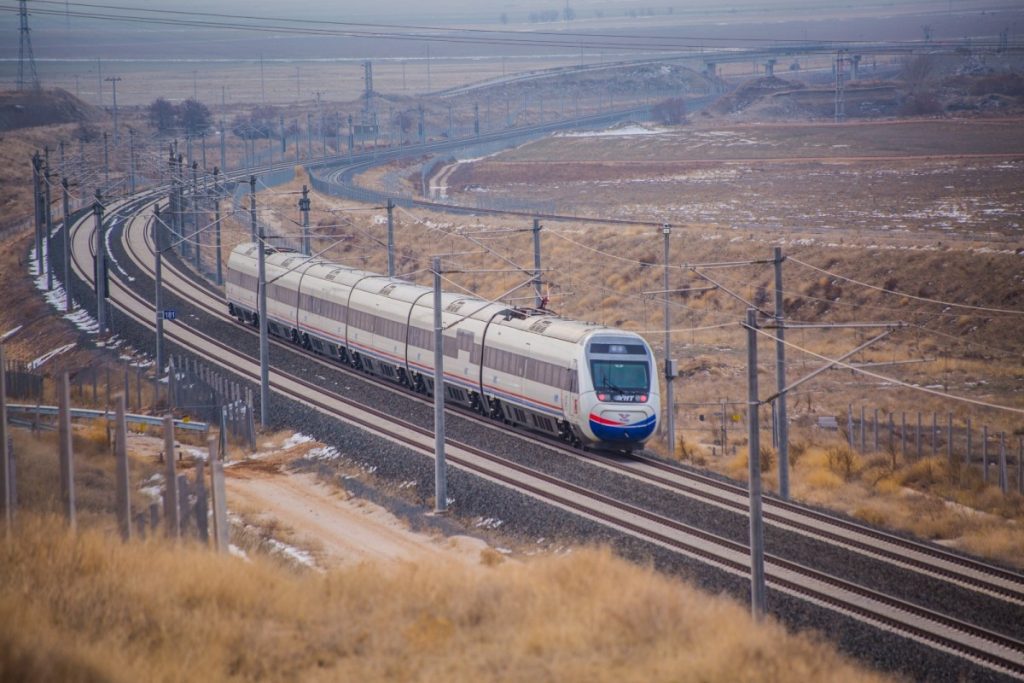
Turkey’s Minister of Transportation and Infrastructure Adil Karaismailoğlu announced the Transport and Logistics Master Plan after its completion on April 5 2022. “When we come to 2053, at the end of our 5-year plans, we will invest 198 billion dollars for railway, land, sea, air and communication,” he said.
Following Karaismailoğlu’s announcement, President Tayyip Erdoğan on April 12 said that Turkey is on the verge of ruling Justice and Development Party’s (AKP) strategic vision threshold of 2023, and therefore they accelerated their preparations for the next one: 2053. He announced the first concrete target of the 2053 vision in line with Ankara’s contribution declaration to the United Nations Climate Change Conference: the 2053 Transport and Logistics Master Plan.
First of all, it is beneficial to remind following information: In terms of energy consumption by sector, after industry, transportation has the highest energy consumption. In 2018, the consumption was equal to 30 million tons of oil. In the ranking of CO₂ emissions (2018) by sectors, it again has the highest share with 22 percent after transportation, electricity and heat production.
Considering this bad score for transport, a Transport Master Plan based on the Environmental (Sustainable) Scenario is also important in terms of meeting the Paris Agreement requirements and should be implemented at a minimum.
Existing transport master plan revised
The current Transportation Master Plan’s projection year was 2035. It is revised by including the logistic sector and the projection was prolongued to 2053. In the plan, in order to reduce emissions, it is envisaged to increase the share of rail transportation by reducing the share of road in passenger and freight transportation.
To protect all natural, cultural and historical assets and the environment within the scope of transportation and logistics investments and activities; to take measures against climate change, to increase energy efficiency, to act within the framework of international measures; developing and maintaining green transportation and green logistics investments and practices are presented as the main targets.
In order to increase energy efficiency, it is claimed that the production and use of renewable energy will be encouraged, the dependence on oil will be reduced and environmental awareness will be prioritized.
It is stated that the “Polluter Pays” principle will be applied so that the negative effects on the environment are to be paid by those who create this negativity by fair and transparent criteria.
Who will implement the transportation plan?
All of these goals sound great, but only if we can see tangible evidence supported by practice. Because there are sentences in the report that will create doubts about who will implement these measures. For example for some of the measures, the writers preferred modal verbs of obligation such as “must” or “should”.
* “Financial incentive models should be created that will support domestic and national transportation solutions and ensure the widespread use of electric vehicles.”
* “In order to ensure the accessibility of individuals with reduced mobility, financial incentive models should be created to cover the accessibility costs (vehicle, infrastructure and facility transformation, etc.) to ensure the accessibility of transportation systems for everyone.”
Such language suggests that the report include recommendations for what to do, and it remains unclear who should do it. I wonder if that was because the target is 2053 and it was pointing to the future generations
Atatürk’s railway vision once again became a guide
The goal of bringing the railways to the fore, especially emphasized by President Erdogan, also means emphasize on one of the issues that Atatürk attaches the most importance to.
Founder of the Turkish Republic Mustafa Kemal Atatürk once said, “All regions of the country will be connected to each other with steel rails. The railways are a more important security weapon than the rifle and the cannon.” The two main principles of his policy, were the connection of the distant cities of the country to the center with new lines and the nationalization of the existing roads.
In order to show the importance he attached to this issue, Mustafa Kemal Atatürk went to the opening of the Nazilli Sümerbank Printing Factory by motor train in 1937.
When we look at our railway history in the Railway Civilization booklet published in 2021 on behalf of the Turkish State Railways, we see that 3359 km of railway lines were built between 1923 and 1940.
198 km/year railway in the first years of the Republic
In the first 17 years of the young Republic, which has just come out of the war and has many impossibilities, 198 km of railways were built annually with the technical possibilities of that day.
The railway lines built and put into operation by foreign states were nationalized with the laws enacted in 1928, 1934, 1935 and 1937, paying a total of 429 million Swiss Francs, 162.5 million French Francs and 1.8 million British Pounds.
By the way, Haydarpaşa Station has became a symbol for Istanbul after the General Directorate of Railways was moved there in 1924. And that station is completely closed to train services on June 19, 2013.
It is also worth remembering that Atatürk’s nationalization policy was changed with the “Law on the Liberalization of Railway Transportation in Turkey”, which allows domestic and foreign operators to operate their own trains.
The contradiction between the plan and the statements of the authorities
With liberalization, domestic and foreign companies now have the right to operate freight and passenger trains.
In the in the Railway Civilization booklet, the 2003-2021 period of the current administration was defined as the “golden age of railways” and it was stated that the railway network was increased from 10984 km to 12803 km. In this 18-year period, when technology was much more advanced and described as the “golden age”, 101 km of lines were built annually and the success of Atatürk’s period could not be reached.
In his speech, President Erdoğan stated that they have increased the line length to 13 thousand 22 km with the investments they have made, and the target is to increase this number to 28 thousand 590 km in 2053. So (28590-13022) showed a target of 15568 km. However, as can be seen from the target table in the report of the Transport and Logistics Master Plan, the total length of the network planned between 2019-2053 in the investment program is (6196+1474+622+262) 8554 km. These contradictions, which emerge when a little attention is paid to the numbers, also create doubts about what to do.
Cost of Green (Sustainable) Scenario
As a result of the announced National Transport and Logistics Master Plan, we are faced with a long-term claim that 156.15 billion Euros will be provided to the welfare of our country in the target year 2053, with a cost of 125.48 billion Euros.
Including the communication, there is an investment plan of 189.33 Billion Euros in total, and this plan was announced after the meeting where the good news about the holiday bonus of the retirees was expected.
While there is no resource in the budget for the urgent problems of the people, we will be waiting to learn which financing models will start these investments in the 2053 target.
